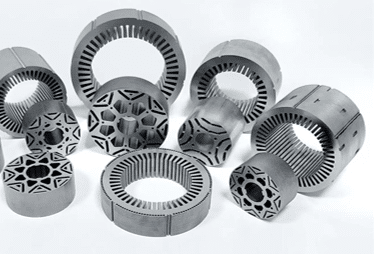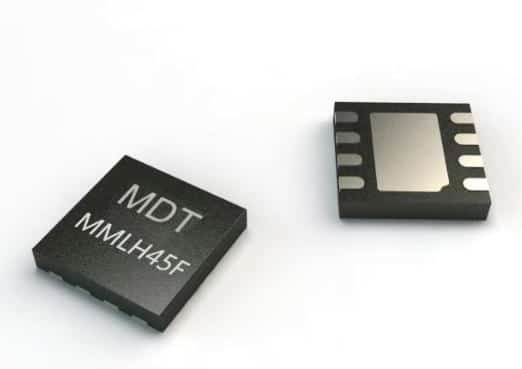What is a synchrotron radiation source?
A synchrotron radiation source utilizes bending magnets to force high-energy electron bunches to circulate in a ring-shaped synchrotron accelerator at nearly the speed of light. Along the tangential direction of the deflected trajectory, the electrons emit a continuous spectrum of electromagnetic waves. This spontaneous radiation from electrons features high intensity and a broad spectral range, allowing the desired wavelength to be selected arbitrarily and tuned continuously. Therefore, it has become a new type of light source for scientific research.

Main structure of the light source:
It mainly consists of a linear accelerator, a booster, a storage ring, beamlines, and experimental stations.

Development History:

Characteristics of the Light Source
- High Intensity
For example, taking an X-ray image of crystal defects with a conventional X-ray machine usually requires 7–15 days of exposure, whereas using a synchrotron radiation source only takes a few seconds or minutes. The working efficiency is thus improved by tens of thousands of times. The high brightness enables synchrotron radiation to perform many tasks that conventional light sources cannot. - Broad Spectrum
Synchrotron radiation covers a wide spectral range, extending from infrared, visible light, vacuum ultraviolet, and soft X-rays all the way to hard X-rays. It is currently the only light source capable of covering such a wide range while still providing high brightness. - High Collimation
Synchrotron radiation extracted through optical components has excellent collimation. After focusing, the brightness can be greatly enhanced, making it possible to study extremely small samples and trace elements in materials. - Pulsed Nature
Synchrotron radiation is emitted by electron bunches circulating periodically in the storage ring, producing a time structure of pulses ranging from nanoseconds to microseconds. This property makes it possible to study time-dependent processes such as chemical reactions, physical excitations, and biological cell changes. - Polarization
Similar to visible light, synchrotron radiation emitted from the storage ring can exhibit linear or circular polarization depending on the observer’s angle. This feature can be used to study the orientation of specific parameters in samples.
Main Applications:
Engineering Materials
The HEPS engineering materials beamline provides nondestructive testing methods with strong penetration capability, multi-scale spatial resolution, high-density sensitivity, high angular resolution, and wide-field characteristics. It enables in-situ, nondestructive, multi-dimensional, and multi-scale studies of the micro- and meso-structural features of engineering materials, as well as the distribution of residual stress. Furthermore, it supports research on the relationships between fabrication and processing techniques, loading and environmental conditions, and the macroscopic service performance of materials.

Advanced Materials
Industrial-grade 3D printing, as a representative of advanced manufacturing technologies, is a key element of the “Made in China 2025” strategy. Complex processing often induces microstructural evolution and residual stress, leading to degraded material performance and premature failure. HEPS enables in-situ, nondestructive, real-time diagnostics of processing and service conditions, providing critical insights into the link between microstructure and performance, and supporting the enhancement of reliability in advanced materials.

Catalysis and Energy
The key to efficient, clean, and renewable green energy applications lies in understanding the chemical catalytic reaction processes, as well as achieving controllable catalysis at the molecular and nanoscale levels. Such studies require synchrotron radiation facilities with high X-ray flux, brightness, excellent temporal and spatial resolution, and the ability to conduct in-situ and operando experiments under realistic conditions. Only synchrotron radiation devices with high brilliance and extremely low emittance can provide these research conditions.

New Energy
Shale oil and gas have become new highlights in global resource development. Using the nano-CT technology of HEPS, it is possible to obtain three-dimensional imaging of shale structures with nanometer resolution, revealing the spatial distribution characteristics of shale pores, and acquiring parameters such as pore connectivity, pore size distribution, and pore volume. In addition, small-angle scattering methods can resolve nanopores and the distribution of pores at different scales, providing scientific data for studying the storage characteristics of shale oil and gas.

Global distribution of synchrotron light sources


Synchrotron radiation light sources are widely used in national economy, scientific research, and defense industries, and various magnetic materials are an essential part of them.






